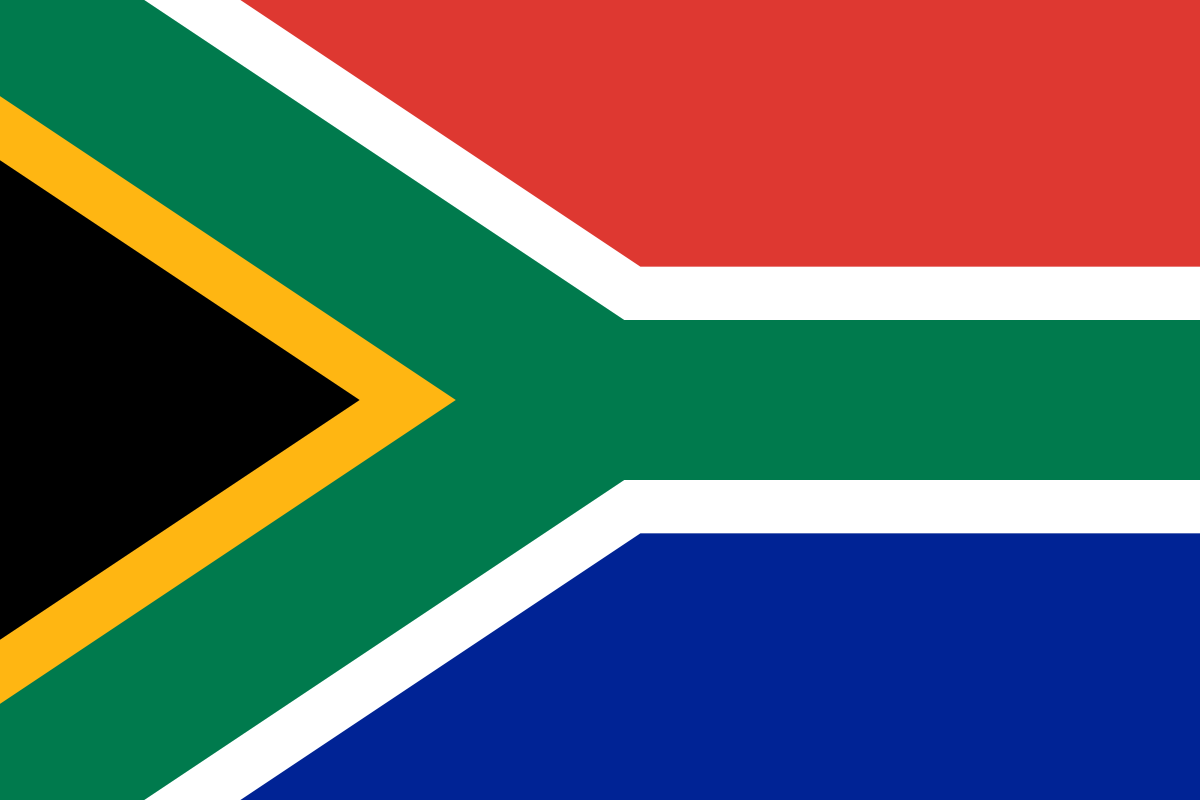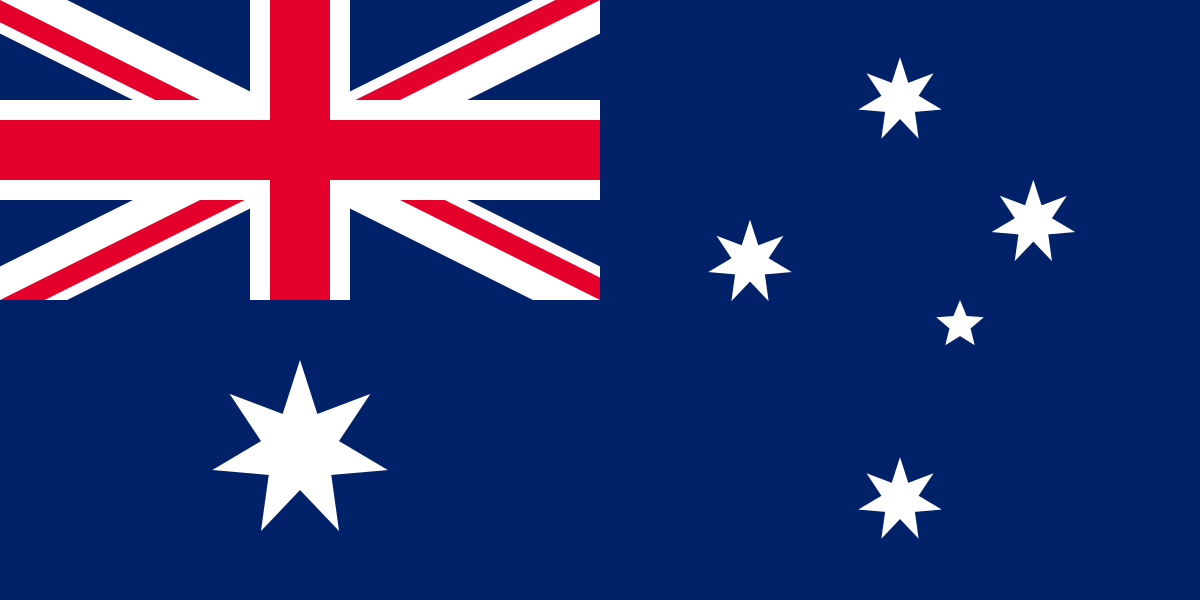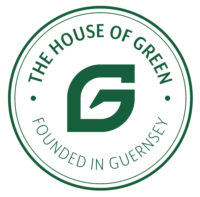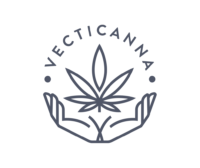Gen Z is currently at about 40% of consumers, and this segment will be rapidly growing in the coming years. Most researchers and media define this generation as those who were born between the mid to late 1990s and early 2010s. In the United States alone, Gen Z consumers have an estimated $143 billion in buying power. Businesses that aren’t putting enough marketing strategies toward Gen Z need to reevaluate and switch gears, stat! Start laying the groundwork for your company’s success in the coming years. Kickstart your targeted Gen Z marketing strategies now. Every industry is different, but there are a few key do’s and don’ts to follow when communicating with Gen Z buyers. In the cannabis field, it is especially important to only market to those who can legally indulge.
Do Make Genuine Connections Online
Gen Z is our first truly digital generation. They’ve grown up using social media and the internet. As digital natives, they’re quick to recognize inauthentic communication methods. Whether it’s unnatural comments or trying to cover up negative testimonials, the younger crowd can always spot brands trying to be something they are not. Instead, practice total transparency with followers and friends to ensure that there is never a lack of brand accountability and authenticity. Within the cannabis industry, businesses can use their social media platforms to educate, build relationships and easily refute longstanding cannabis stereotypes that are so common in older generations.
Don’t Try Too Hard to Be Relatable
One way to make genuine connections is to engage with, create and share memes and other trends on social media. Although this is an excellent method for increased interactions, there is also plenty of room for error, so caution is the guiding principle. If not executed correctly, a post about a meme could easily make brands look unprofessional, or behind the times as they’ve missed the actual joke. These techniques can make business accounts seem like they are trying too hard to fit in, and will ultimately cause Gen Z to hit the “unfollow” button. Instead, focus on topics that closely align with the brand’s image and find creative ways to make content relate to exciting and funny trending ideas about cannabis.
Do Care About Social Issues and Responsibility
Focus on creating high quality, exciting videos and vibrant pictures that highlight cannabisResearch has shown that Gen Z sincerely cares about social issues and responsibilities. These beliefs don’t only apply just to their personal lives, but also to their buying habits and which businesses they want to support. These beliefs provide an excellent opportunity for brands to stake out common ground with Gen Z and support a variety of causes at the same time. Many of these consumers seem to care about topics like the environment, equality, hunger and homelessness. Do note that it’s essential to review and analyze these issues before making statements or posting about them on social media. For the cannabis industry, many businesses tend to raise awareness about medical matters, social equity and community-oriented programs.
Don’t Post the Same Content Repeatedly
After getting into the social media game, it can be tough to figure out how often to post. As much as those aspects do play an essential role in overall engagements, it’s also crucial to pay attention to the type of content that makes it into followers’ feeds. All photos and videos should be related, yet unique. Posting the same marketing content over and over is going to bore Gen Z, and make business accounts look less aesthetically pleasing. Instead, focus on creating high quality, exciting videos and vibrant pictures that highlight cannabis, and then vary your post types.
Navigating Gen Z communication and marketing tactics are going to be pivotal in just a few years, making it critical for businesses to rework their marketing strategies as soon as possible. If cannabis brands can capture the essence of authenticity and social responsibility in their communication methods, while avoiding posting repetitive content, they should be able to reach legal Gen Z-ers seamlessly.








































